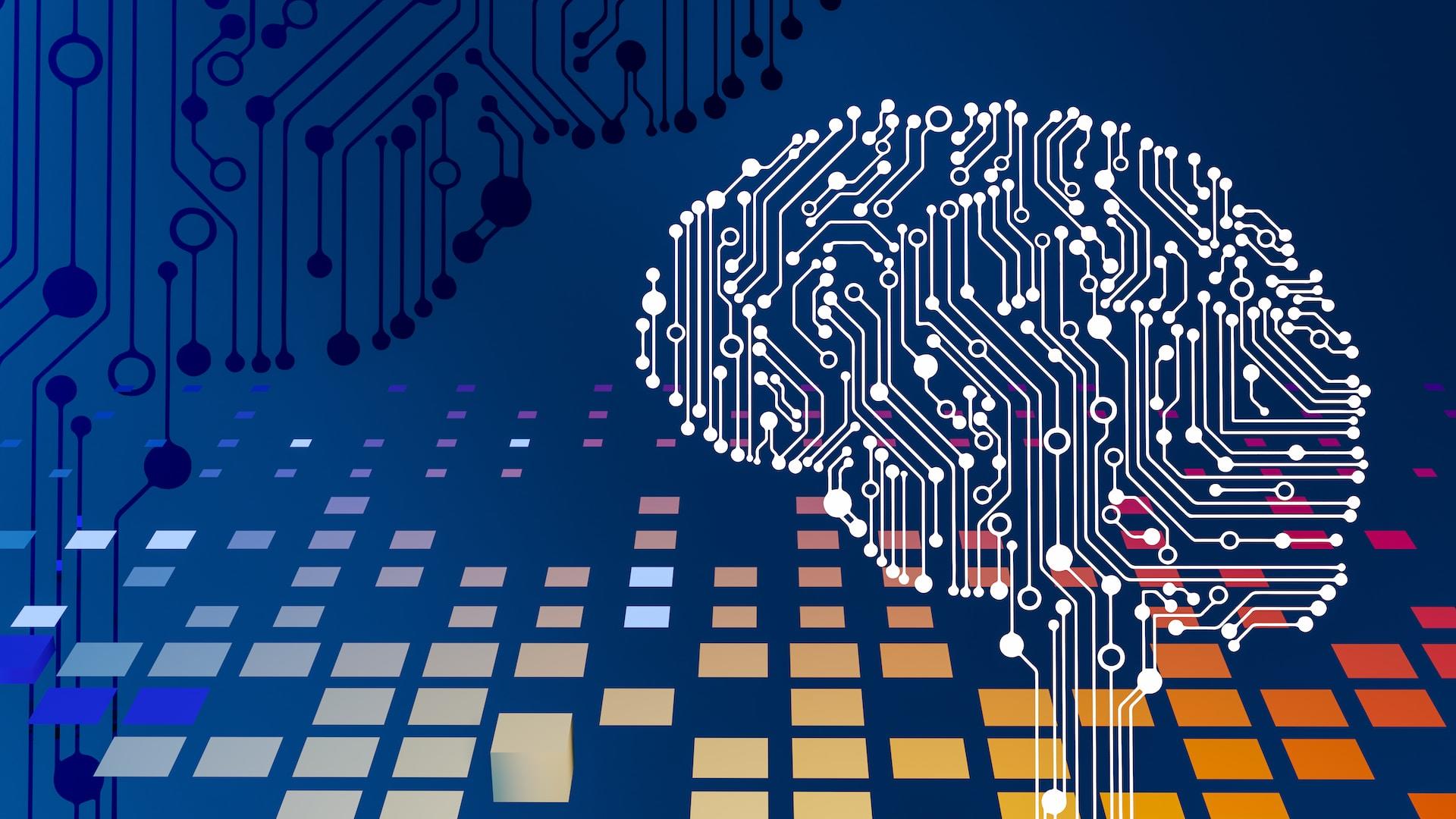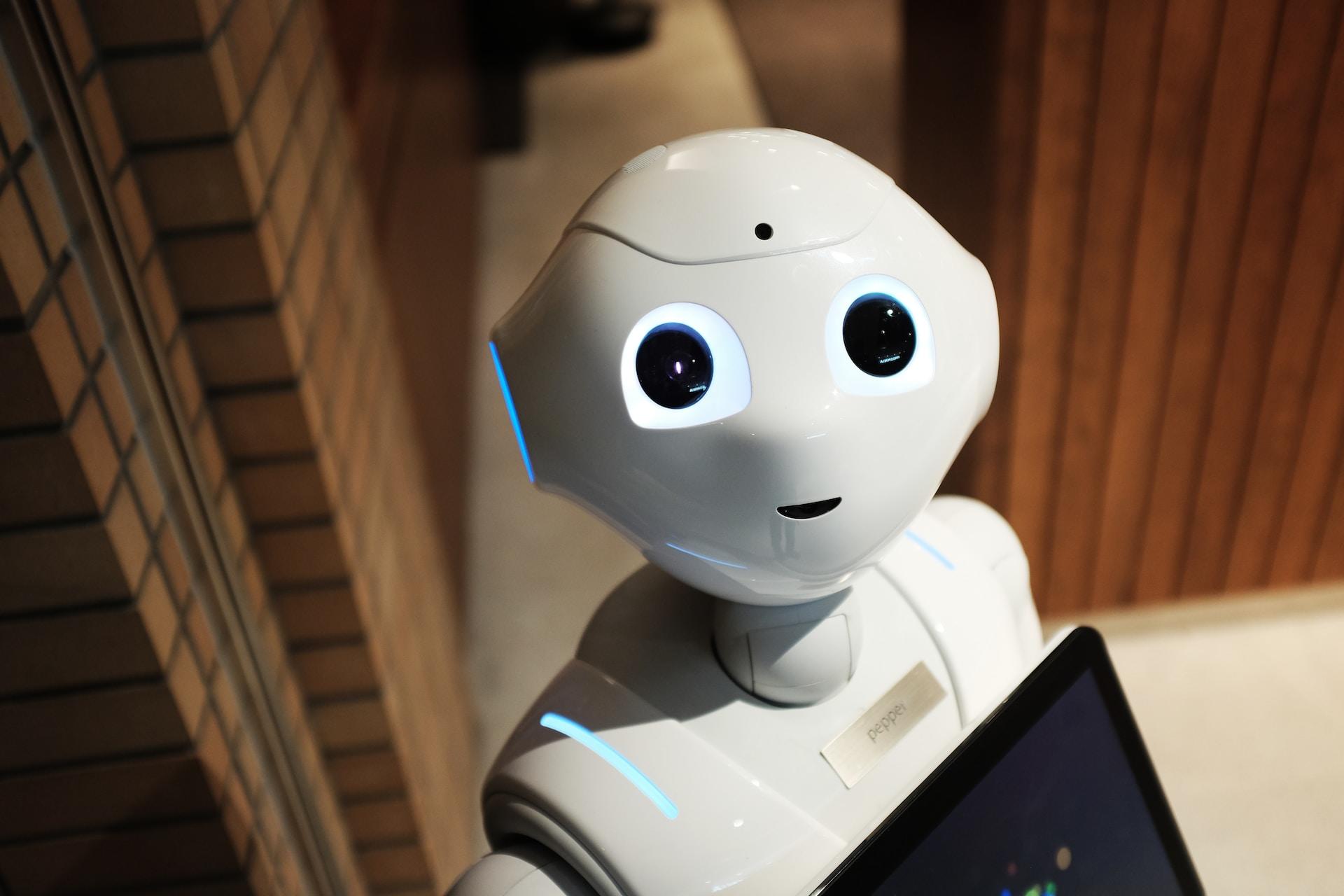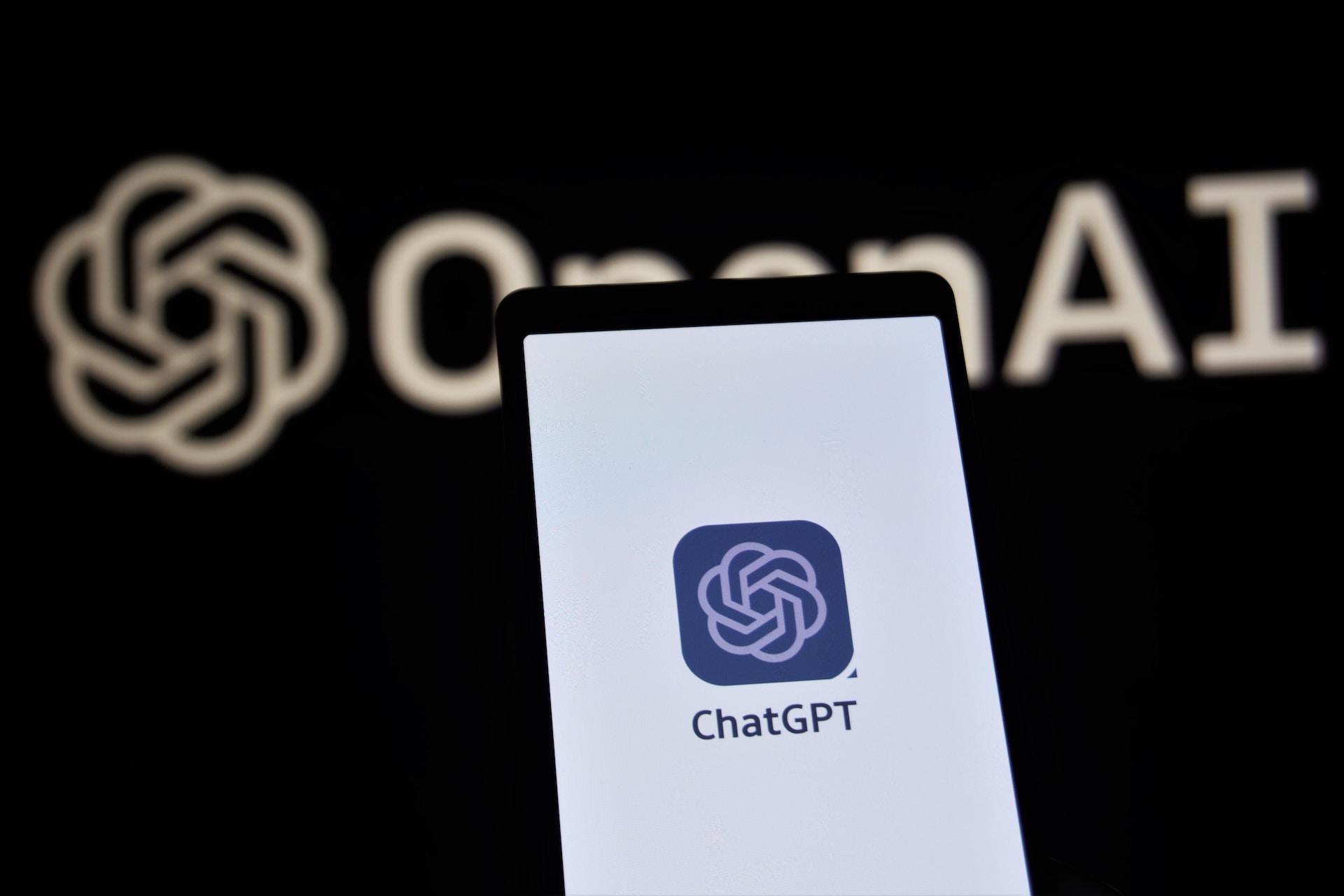Recently, it seems like everybody is talking about AI. However, the more you hear about AI, the less it can feel like you know.
The field is advancing so rapidly that it can be hard to keep up. Recently, we've seen the rise of AI systems both for business and personal use and there are future potential ethical impact AI can have on our society and our lives.
But before we can start talking about all that, we need to first work out what it is. Here, we're going to answer some of the first questions you might have about AI, what it is, what it does, what it can be used for, and where you'll see it being used.
AI is too big of a subject to fully cover here, but you should be able to start your journey into learning about AI here.

What Exactly Does AI Do?
AI was traditionally defined as software that imitates human intelligence or parts of it. Unlike robots, which may have a physical form that imitates human actions (and may include some AI), AI doesn't need a physical form.

If you know a thing or two about computers and computing, then this won't need explaining, but if you don't, hardware is the physical parts of computers that you can see and software covers everything from the operating system (like Windows or MacOS), programs, apps, etc. that run on the computer.
AI is a type of the latter and much like human consciousness, thought, and cognition, it can be kind of difficult to determine exactly at which point exactly something becomes AI. Common functions that AI covers are perception, reasoning, learning, interaction, problem-solving, and even creativity.
Philosophers will certainly be discussing what is and isn't AI for centuries and may even say what we're currently calling "AI" doesn't really count, either. However, since our everyday lexicon has been referring to it as AI, we can save that philosophical debate for another article.
The Types of AI
One of the easiest ways to classify AI is into "Narrow AI" and "General AI", which can also be called Artificial Narrow Intelligence (ANI) and Artificial General Intelligence (AGI). There's also "Super AI", but that's unlikely to arrive anytime soon so we needn't concern ourselves with it here.

The first is used on a particular problem or application and the latter remains the stuff of science fiction for the time being. An AGI would be like a human brain replicated in software and capable of doing almost everything our brains can do rather than the examples of AI that we've seen a lot of recently that pretty much do one particular task more or less well or with human-like results.
There are more ways to classify AI and we've seen some sources that use weak AI and strong AI in similar ways, but for the time being, we'll stick with ANI and AGI as our classification just to keep things consistent and avoid muddying the waters too much.
What is AI used for?
AI can be used for so many things and there are AI applications to do almost anything you can imagine.

Self-driving cars will use AI to make decisions about where to go and how to correctly and safely drive the vehicle to its destination. The AI also needs to not just know what to do in certain situations, but be able to judge new situations that it won't have ever experienced.
AI can also be used for things like detecting fraudulent or unusual transactions or estimating the behaviours of the market to make investing less risky.
In medicine, AI could be used to diagnose illnesses, suggest treatments and doses, classify patients, and keep medical records up to date.
More recently, you'll have likely seen AI being used to write or even create images and videos to varying levels of success. The impact of these sorts of technologies need to be closely looked at, however, as there are social and ethical issues surrounding copyright and the jobs and lives of people currently in these sorts of roles.

The Benefits of AI
The main benefits of AI are quite obvious: AI can do certain things more quickly and better than a human. It can be particularly good at doing things where humans can be prone to error, too.
AI is also useful because it doesn't tire. Humans can do certain tasks very well, but everybody needs to sleep, eat, and take care of other things that come with being a living organism. AI doesn't have any of these problems.
Certain problems are really good for AI to solve, too, whereas certain things that humans find very easy, an AI may struggle with greatly.
AI isn't without flaws, however, and as a cutting-edge technology, we're discovering issues with AI almost every day including the ethical concerns about its use and whose jobs will be safe if advances continue as they are.
Is AI Different from Machine Learning and Deep Learning?
The biggest issue for most people when it comes to AI is keeping up with all the different terminology used and what it all means.
If you read articles about AI, you'll often see people talking about applications that utilise machine learning or deep learning. What you need to know is that machine learning and deep learning in this context are part of AI.
Machine Learning
Machine learning doesn't require much interaction from humans, which basically means that the AI will essentially study material, test itself on it, and iterate on itself to improve. To vastly oversimplify machine learning, the AI is fed ridiculous amounts of information on what you want it to do to train it, then it is tested on what it needs to do, and then the AI is iterated upon.
Through these iterations and generations of AI, it kinds of works like evolution, where the AI becomes excellent at what it's being trained to do over time, which can actually be quite a short amount of time relative to the amount of data and testing it does.
Deep Learning
Deep Learning is a kind of machine learning with even more data and less human involvement. With machine learning, humans play a bigger role in telling the AI what constitutes a good performance.

Deep learning uses something called neural networks where information is fed through channels in layers where the maths is too complicated to go through in a single paragraph in this article.
Deep learning and neural networks can be used for self-driving cars, detecting cancers, and lots of other applications that we're yet to discover.
For deep learning to work, a neural network needs a lot of data for training and a lot of powerful computing hardware which can be expensive.
What Is the Most Common AI Technology?
We've already mentioned one of the most common kinds of AI: machine learning and deep learning. However, there's an AI technology that's very important that you'll have likely seen in the news: natural language processing (NLP).
Natural language processing is when AI uses human language to talk to and/or interact with humans. This can come in the form of chatbots, which can respond to customer requests and questions or text editors and autocorrection that can be used to help humans when writing.
Other AI technologies include maps and navigation, which can plan routes and itineraries while using information about traffic to give users routes to avoid traffic jams and incidents.
AI is also commonly used for digital assistants so that you can talk to your devices like your phone, TV, or even a speaker, ask it questions, get information, send messages, update your calendar, check the weather, etc.
What Are The Most Popular Artificial Intelligence Tools?
You mightn't have known what the most common uses for AI were beforehand, but you might have a better idea of them when we tell you the names of the tools themselves.
The most popular digital assistants, for example, include Cortana, Google Assistant, Siri, and Amazon Alexa, which are all commonly available on the specific brands of devices that use them. By being connected to the internet, these digital assistances have a lot of data at their disposal to give you answers and suggestions, much like using a search engine but without having to work out which page has the right information on it. However, inaccurate information is also how AI gets things wrong and provides inaccurate information.
You may also recognise natural language processing from applications such as Grammarly, which is widely advertised as a tool to correct and improve your writing for everything from spelling to tone.
Perhaps the most famous AI tool, though, is ChatGPT, which is a chatbot that uses natural language processing and can famously write to a very high level, even though there have been some issues with the accuracy of its output as it only seems to produce language accurately rather than the actual content of the language.
ChatGPT can also be used to produce code and there's a lot of debate surrounding whether or not AI will replace both writers or programmers.
Last but not least, there's DALL-E, the AI that uses deep learning to create digital images from a text prompt. Basically, you can type something into DALL-E and the AI will attempt to create images that match what you wrote. This isn't just looking for images online, but rather creating them from scratch after having analysed billions of images.
For a lot of industries, it looks like AI might be pivotal in future. To learn more about it, you might want to consider working with a private tutor specialising in it. There are tutors all over the country and around the world for all budgets and interests so shop around.



















